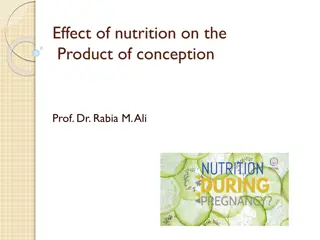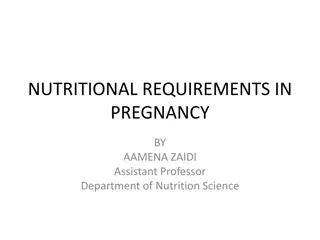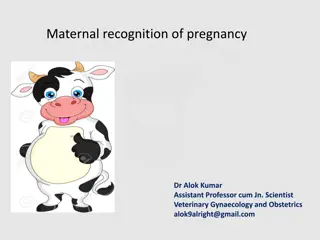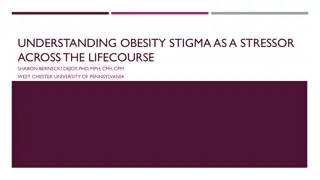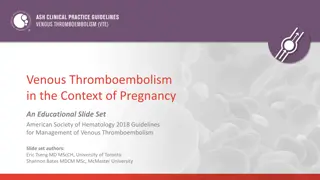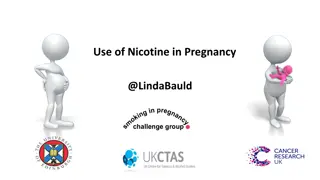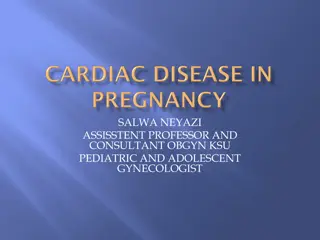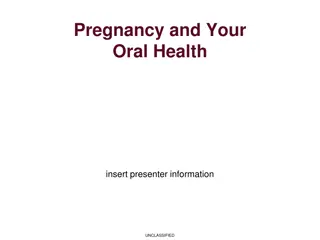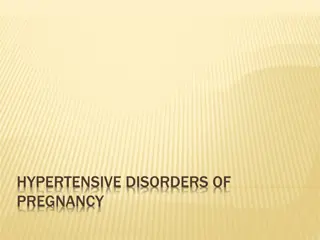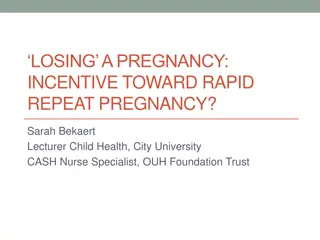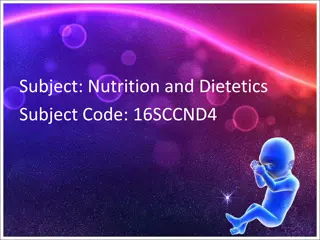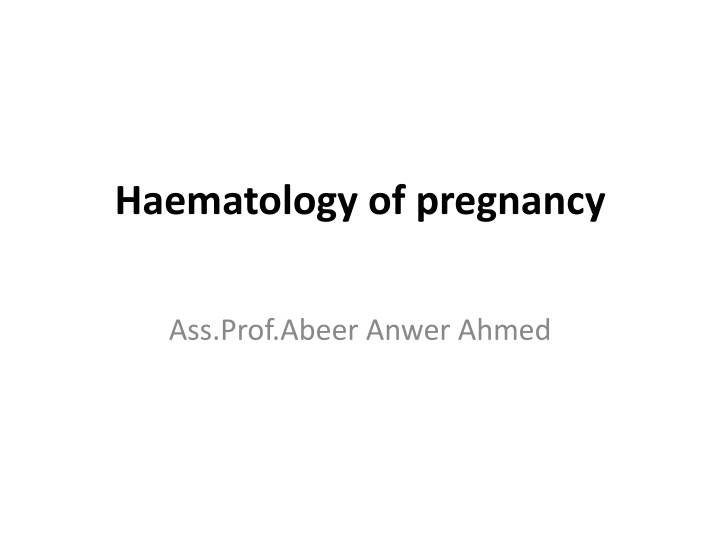
Physiological Changes in Pregnancy Hematology
Pregnancy places extreme stresses on the hematological system, leading to physiological changes like physiological anemia, iron deficiency anemia, folate and vitamin B12 deficiency, and thrombocytopenia. Understanding these alterations is crucial for interpreting the need for therapeutic intervention to ensure maternal and fetal health and well-being.
Download Presentation

Please find below an Image/Link to download the presentation.
The content on the website is provided AS IS for your information and personal use only. It may not be sold, licensed, or shared on other websites without obtaining consent from the author. If you encounter any issues during the download, it is possible that the publisher has removed the file from their server.
You are allowed to download the files provided on this website for personal or commercial use, subject to the condition that they are used lawfully. All files are the property of their respective owners.
The content on the website is provided AS IS for your information and personal use only. It may not be sold, licensed, or shared on other websites without obtaining consent from the author.
E N D
Presentation Transcript
Haematology of pregnancy Ass.Prof.Abeer Anwer Ahmed
Haematology of pregnancy Pregnancy places extreme stresses on the haematological system and an understanding of the physiological changes that result is obligatory in order to interpret any need for therapeutic intervention.
Physiological anaemia Physiological anaemia is the term often used to describe the fall in haemoglobin (Hb) concentration that occurs during normal pregnancy (Fig. 31.1). Blood plasma volume increases by approximately 1250 mL, or 45%, above normal by the end of gestation and although the red cell mass itself increases by some 25% this still leads to a fall in Hb concentration. Values below 100 g/L in the first trimester, 105 g/L in the second and 100 g/L in the third or postpartum are abnormal and require investigation.
Iron deficiency anaemia Up to 600 mg iron is required for the mother s increase in red cell mass and a further 300 mg for the fetus. Despite an increase in iron absorption, few women avoid depletion of iron reserves by the end of pregnancy. In uncomplicated pregnancy, the mean corpuscular volume (MCV) typically rises by approximately 4 fL. A fall in red cell MCV is the earliest sign of iron deficiency. Later, the mean corpuscular haemoglobin (MCH) falls and finally anaemia results. Early iron deficiency is likely if the serum ferritin is below 30 g/L together with serum iron below 10 mmol/L and should be treated with oral iron supplements. Routine iron supplementation in pregnancy is not carried out in the UK
Folate and vitamin B12 deficiency Folate requirements are increased approximately two fold in pregnancy and serum folate levels fall to approximately half the normal range with a less dramatic fall in red cell folate. In some parts of the world, megaloblastic anaemia during pregnancy is common because of a combination of poor diet and exaggerated folate requirements. Given the protective effect of folate against neural tube defects (NTDs), folic acid 400 g/day (5 mg if there has been a previous NTD pregnancy) should be taken periconceptually and throughout pregnancy. Food fortification with folate is now being practised in many countries and has been associated with a fall in incidence of NTDs. Vitamin B12 deficiency is rare during pregnancy although serum vitamin B12 levels fall to below normal in 20 30% of pregnancies and low values are sometimes the cause of diagnostic confusion
Thrombocytopenia The platelet count falls by an average of 10% in an uncomplicated pregnancy. In approximately 7% of women this fall is more severe and can result in thrombocytopenia (platelet count less than 140 109/L). In over 75% of cases this is mild and of unknown cause, referred to as incidental thrombocytopenia of pregnancy. Approximately 21% of cases are secondary to a hypertensive disorder and 4% are associated with immunethrombocytopenic purpura
Incidental thrombocytopenia of pregnancy This is a diagnosis of exclusion usually detected at the time of delivery. The platelet count is above 70 109/L and recovers within 6 weeks. No treatment is needed and the infant is not affected.
Thrombocytopenia of hypertensive disorders This is variable in severity but the platelet count rarely falls to below 40 109/L. It is more severe when associated with pre eclampsia when the primary treatment is as rapid delivery as possible. The HELLP syndrome (haemolysis, elevated liver enzymes and low platelets) falls into this category. It is associated with prolongation of prothrombin time (PT) and activated partial thromboplastin time (APTT).
Idiopathic thrombocytopenic purpura (ITP) In pregnancy, ITP represents a particular problem, both to the mother and to the fetus, as the antibody crosses the placenta and the fetus may become severely thrombocytopenic. Like other adults, pregnant women with ITP and platelet counts higher than 50 109/L do not usually need treatment. Treatment is required for women with platelet counts below 10 109/L and for those with platelet counts of 10 30 109/L who are in their second or third trimester or who are bleeding. Treatment is with steroids, intravenous immunoglobulin G (IgG), rituximab or splenectomy as appropriate. Thrombopoietin receptor antagonists are avoided because of potential teratogenetic side effects.
At delivery, umbilical vein blood sampling or fetal scalp vein sampling to measure the fetal platelet count may be offered although their exact role is unclear. In general, caesarean section is not indicated when the maternal platelet count is above 50 109/L unless the fetal platelet count is known to be less than 20 109/L. Platelet transfusion may be given to mothers in labour with very low platelet counts or who are actively bleeding.
Newborns of mothers with ITP should have a blood count measured for the first 5 days of life as the platelet count may progressively drop. A count greater than 50 109/L is reassuring. Cerebral ultrasonography may be performed to look for intracranial haemorrhage (ICH). In newborns without evidence of ICH, treatment with intravenous IgG is appropriate if the infant s platelet count is less than 20 109/L. Neonates with thrombocytopenia and ICH should be treated with steroids and intravenous IgG therapy
Haemostasis and thrombosis Pregnancy leads to a hypercoagulable state with consequent increased risks of thromboembolism and disseminated intravascular coagulation (DIC) There is an increase in plasma factors VII, VIII, X and fibrinogen with shortening of PT and APTT; fibrinolysis is suppressed. These changes last for up to 2 months into the puerperal period and the incidence of thrombosis during this period is increased. There is an association between thrombophilic conditions in the mother and with recurrent fetal loss . This is presumed to result from placental thrombosis and infarction.
Treatment of thrombosis Warfarin has no role in management. It crosses the placenta and in addition is associated with embryopathy, especially between 6 and 12 weeks gestation. Low molecular weight heparin is now the treatment of choice because it can be given once daily and is less likely than unfractionated heparin to cause osteoporosis.



